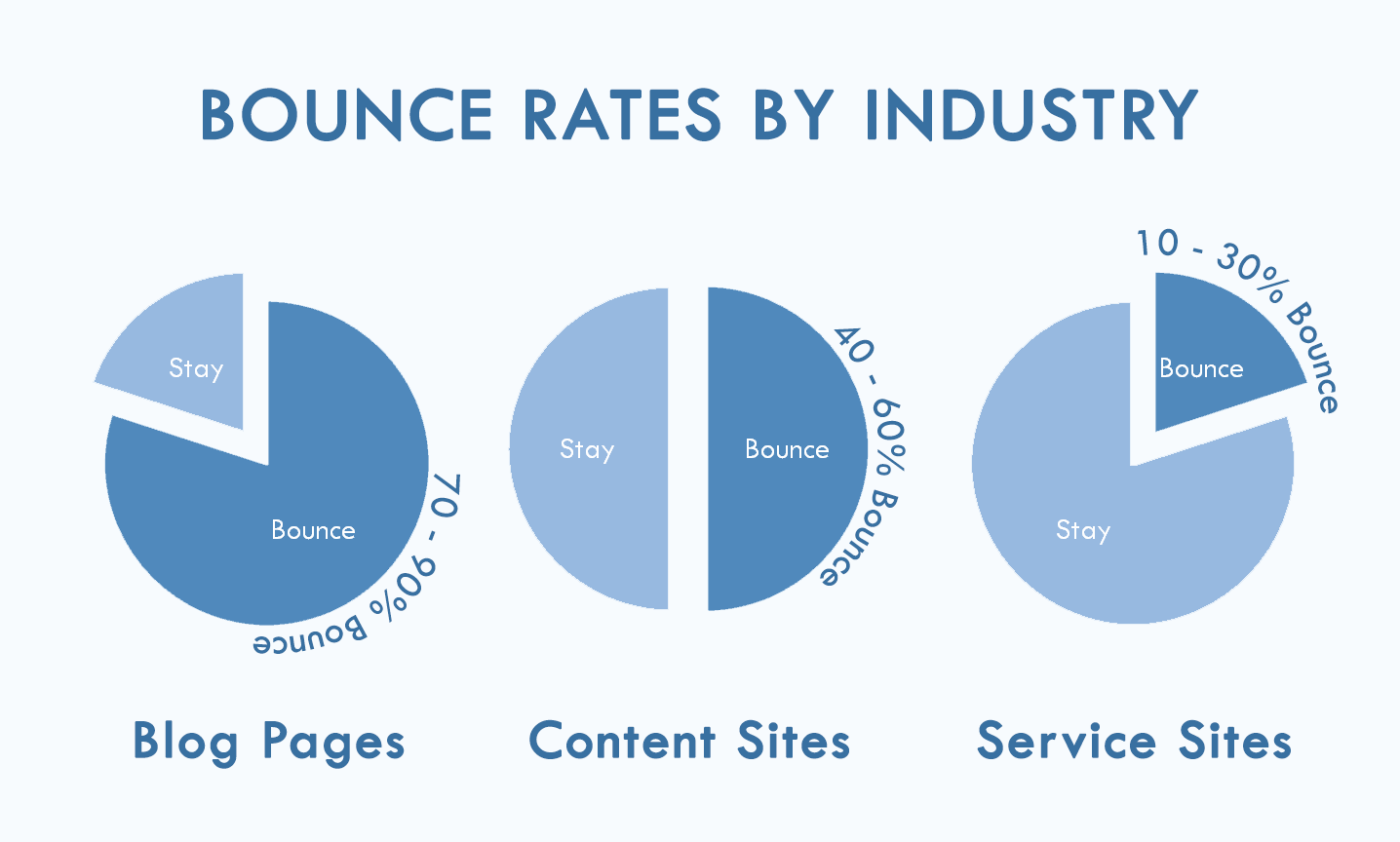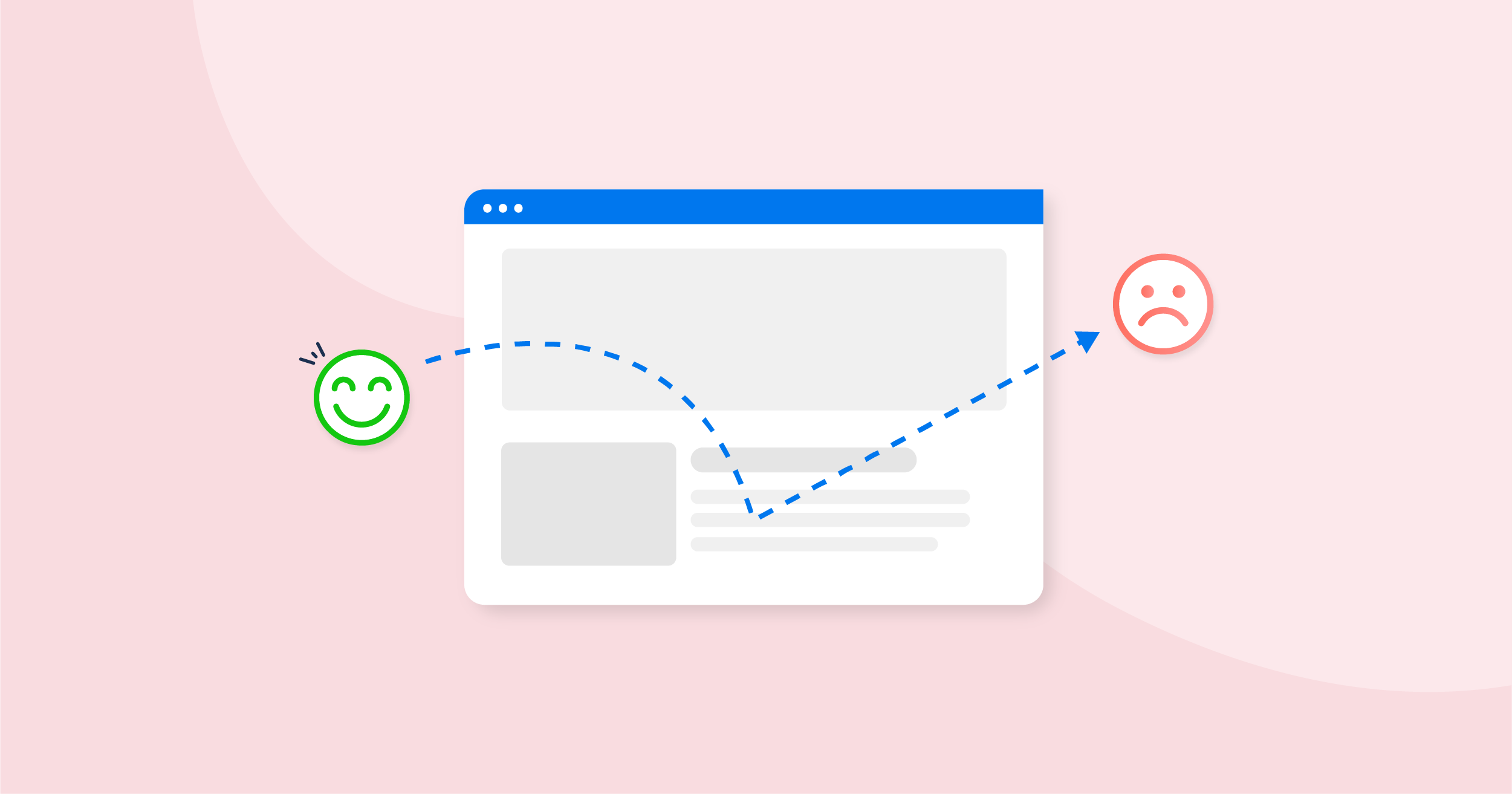Optimizing content to reduce bounce rate, which is the percentage of visitors who leave a website after viewing only one page, is crucial for retaining and engaging your audience. Here are several strategies to help you lower your bounce rate:
- High-Quality Content: Ensure your content is valuable, well-written, and relevant to the visitor’s query or expectations. Content that provides solutions, answers questions, or entertains is more likely to keep visitors engaged.
- Clear and Engaging Headlines: Craft compelling headlines that accurately reflect the content of your page. A clear and enticing headline can encourage users to stay and read further.
- Well-Structured Content: Use proper formatting with headings, subheadings, bullet points, and paragraphs to make your content scannable and easy to read. This helps visitors quickly find what they’re looking for.
- Relevant Internal Links: Include relevant internal links within your content to guide users to other pages on your website. This encourages them to explore further, reducing the bounce rate.
- Page Load Speed: Ensure your web pages load quickly. Slow-loading pages can frustrate users and cause them to leave before the content even appears. Optimize images and use efficient coding to improve load times.

- Mobile Optimization: Make sure your content is mobile-responsive. With an increasing number of users accessing websites from mobile devices, a poor mobile experience can lead to higher bounce rates.
- Interactive Media: Incorporate images, videos, infographics, and interactive elements into your content to make it more engaging and visually appealing.
- Clear Call-to-Actions (CTAs): Include relevant and compelling CTAs to guide visitors to take the next step, whether it’s reading related articles, subscribing, or making a purchase.
- A/B Testing: Experiment with different layouts, content structures, and CTAs to see which ones are more effective at retaining visitors. A/B testing can help you refine your content strategy.
- Reduce Intrusive Pop-Ups: Pop-ups that appear immediately or are difficult to dismiss can be annoying and lead to higher bounce rates. Use pop-ups sparingly and ensure they provide value to the visitor.
- Improve Navigation: Ensure your website’s navigation is user-friendly. Visitors should easily find their way around and discover related content without confusion.
- Minimize External Links: Limit the number of external links that can potentially divert visitors away from your site. If necessary, set external links to open in a new tab to keep visitors on your site.
- Keyword Relevance: Ensure that your content matches the keywords or search queries that brought users to your page. This alignment can reduce the likelihood of immediate bounces.
- Monitor and Analyze: Regularly track your website’s performance with analytics tools. Identify high-bounce-rate pages and work on improving them.
- User Experience (UX) Design: Invest in a user-friendly and visually appealing website design. A well-designed site can encourage users to explore more content.
Reducing bounce rate is an ongoing process that involves continuous monitoring and improvement. By focusing on the quality and relevance of your content, user experience, and engagement strategies, you can lower bounce rates and keep visitors on your website longer.
